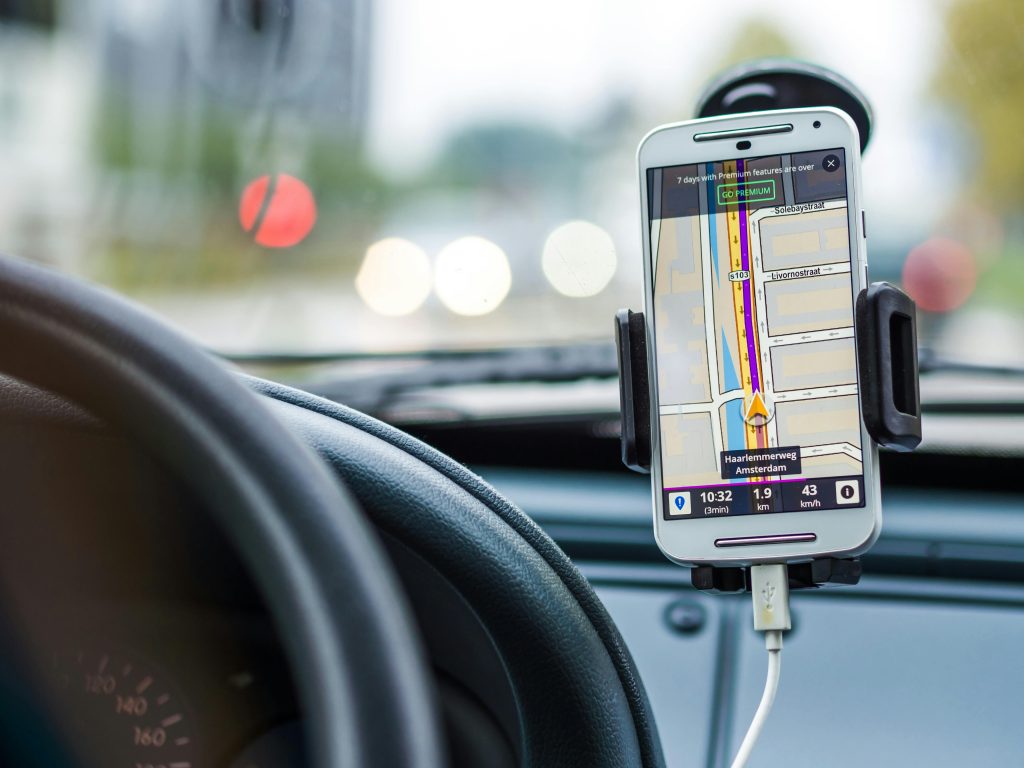Troubleshooting Black Screen Issues During Gaming: A Guide to Resolving Display Port Errors
Experiencing display anomalies such as monitors turning black during gameplay can be both frustrating and disruptive. In particular, users often encounter messages regarding incorrect display port settings, which can hinder the gaming experience and overall productivity. If your monitors go black when loading into specific parts of a game, and you are seeing display port error messages, this guide provides a comprehensive overview of potential causes and solutions.
Understanding the Issue
Many gamers and computer users with multi-monitor setups have reported that upon reaching certain points in a game—such as entering a new level or main menu—the screens unexpectedly go black. Sometimes, an on-screen message appears indicating “incorrect display port settings” and suggesting adjustments to match the connection type. Despite the monitors remaining powered on, the display becomes blank, disrupting gameplay.
This problem can originate from a variety of factors, including hardware configurations, driver issues, or display settings discrepancies.
Common Characteristics of the Issue
- Monitors: Typically LG, with configurations involving UltraGear and standard models.
- Resolution & Refresh Rate: Both monitors usually set at 1440p resolution, with one operating at 144Hz and the other at 75Hz.
- Symptoms: Monitors stay powered on but show black screens during gameplay, accompanied by error messages regarding display port settings.
- Timeline: The phenomenon might start suddenly after prolonged use, driver updates, or hardware changes.
Step-by-Step Troubleshooting Strategies
- Check Display Port Cables and Connections
- Ensure all display cables are securely connected.
- Try different cables to rule out faulty wiring.
-
Use certified DisplayPort cables compatible with your monitors’ specifications.
-
Review and Adjust Display Settings
- Access your operating system’s display settings and verify resolution and refresh rate configurations.
-
Match your display settings to those supported by your monitors, especially when running multiple screens with different refresh rates.
-
Update or Roll Back Graphics Drivers
- Visit your GPU manufacturer’s website (NVIDIA, AMD, or Intel) and download the latest drivers.
- If the issue started after a recent driver update, consider rolling back to a previous stable version.
-
Use driver management tools to cleanly uninstall previous drivers before reinstalling.
-
Configure DisplayPort Settings on Monitors
- Access each monitor’s on-screen display (OSD) menu
Share this content:



